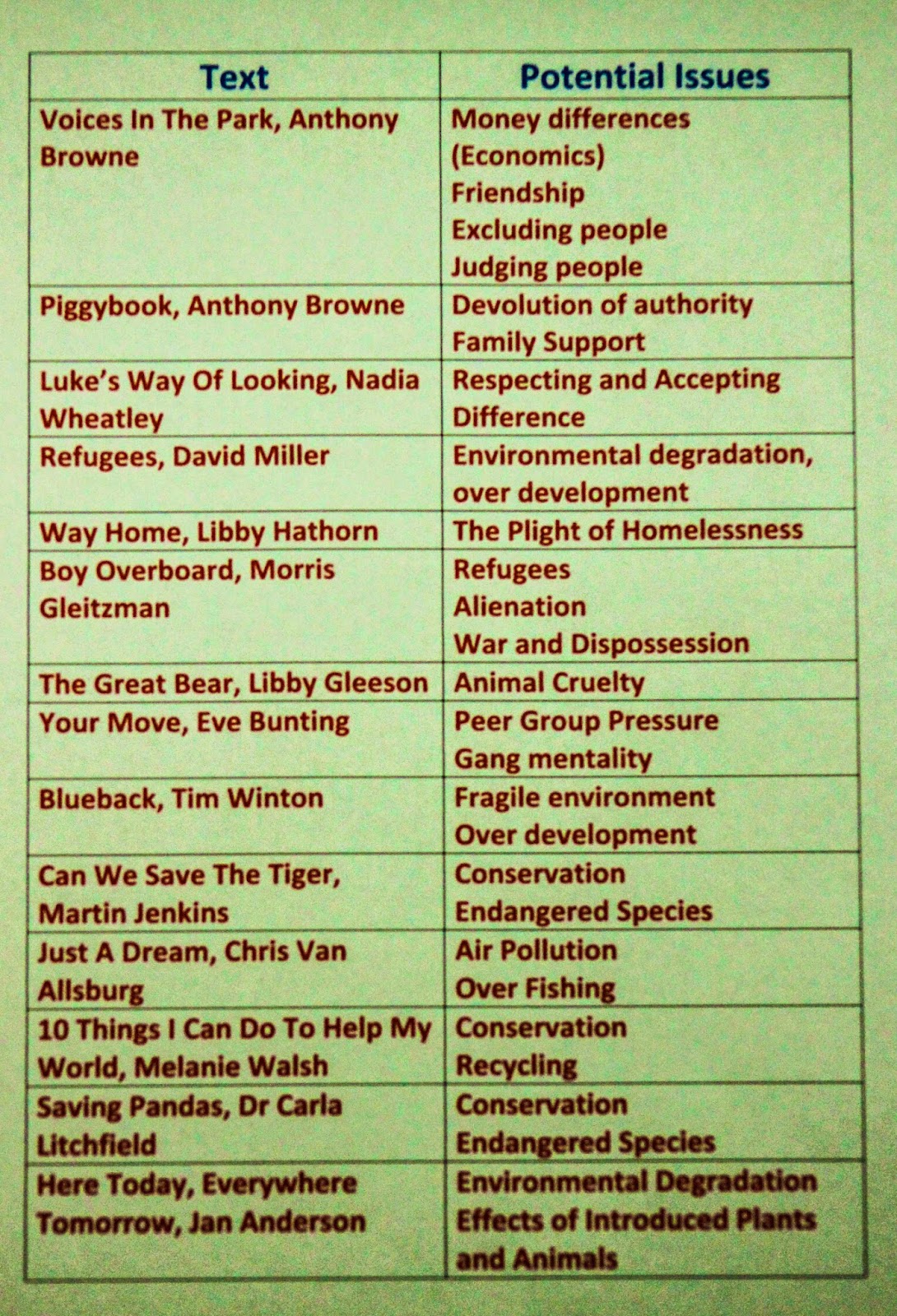I'm Not Persuaded About Persuasive Writing Approaches
The issue of teaching students to write
to persuade presents an ongoing challenge for most schools. Australia
What schools tend to do in
rising to this challenge is to teach students to use a somewhat formulaic, quite artificial structure that reads like a persuasive recipe (firstly, secondly, finally). It lacks authenticity and true voice.
Teachers tend to teach to
this structure in a manner which goes something like this:
- Position statement
- 3 supportive arguments
- Conclusions restating the original contention
Beyond schools you rarely
see such a structure invoked when a writer wishes to genuinely voice an opinion
or persuade readers to a particular point of view. What results is the much maligned 5 paragraph essay.
A closer examination of
student persuasive writing pieces often reveals a lack of real substance, or
knowledgeable conviction in the words. In many pieces there is little alignment
between the claims and the evidence. The reasoning sounds forced.
In preparing for this style of writing,
students may have been asked to write about
issues cherry-picked by well meaning teachers. It is hard to write about an
issue if you lack a depth of knowledge, or if there’s been a lack of meaningful
conversation about that issue or topic prior to the writing taking place. It
becomes a shallow exercise if the writer has little contextual background or
passion for the subject under consideration.
To develop contextual understanding, the student should begin with reading. How does a student know about an issue
in a field of inquiry unless they begin with reading/viewing then discussing
specific texts?
How do they know their own
passion on an issue unless they can articulate the extent to which they agree
or disagree with the views/ information presented by other writers and speakers?
So, it is important to establish the level of
understanding students possess around matters under consideration (prior knowledge). As educators
we need to establish:
Do students know or
understand the viewpoints of those most deeply impacted by a particular issue?
What questions are being
asked about an issue, by other writers?
Are there more questions
that require attention?
What makes a meaningful topic?
What are bones of
contention?
What are the sticking points?
Our students will find
answers and develop a deeper understanding of such matters by reading and
discussing before they are called upon to write. When students are provided
with opportunities to grow their knowledge base, we are preparing them to enter
the conversation in an authentic way. It provides the learner with a gateway.
You cannot enter a conversation if you have little knowledge to bring with you.
Suggested Actions:
Gather texts that deal
with pertinent Social/Environmental issues.
Such texts become a resource
for exploring our connections to one another. They invite social action. Three
important resources need to be in play to encourage students to find their
voices and opinions:
- Social, Environmental issue texts dealing with real issues such as racism,
sexism, consumerism, capitalism, playground politics, injustice, family structures, poverty.
- Classroom conversations.
- Multiple entries in Writer’s Notebooks.
After a read aloud/shared reading ask students to:
- Write a question about the book, the article,
the extract.
- Write one important thing you got from your
reading.
- Write down something that surprised you.
- Write down a topic from your own life/experience that connects in some way to what you have just read.
Ask students to use their
responses to assist them to think and prepare for a partner conversation.
Try Triangle Talk …
Students sit in groups of
three to discuss these questions. They put a star next to the question that
generates the most interesting discussion.
Ask students to respond to the following questions:
- We were surprised that…
- A question we have about the reading is…
- The reading made us want to remember…
- Some writing topics that came to us as we thought about the reading were...
Notebook Writing
Although students select
topics of their own choosing, patterns of
selection generally begin to emerge. Topics such as bullying, teasing are traditionally uncomfortable, yet entries around such matters
begin to surface when we read pieces that concern such social issues. These shared
experiences pervade school culture and become common ground for writing.
By approaching persuasive writing
in this way, we dramatically influence the purpose of such writing. A shared
sense of purpose takes over the writing workshop. There is clear scaffolding
for expressing informed opinions regarding, a range of social/ environmental issues. Students are given choices to write
about the events in their lives genuinely causing concern, confusion. Issues they care about most strongly are teased out. Compare this to the somewhat vacuous topics frequently thrown at students such as this zinger I saw written up recently. ‘Cupcakes or
muffins- which is better? Give three reasons for your choice.’
Some Suggested Texts For Exploring Issues.






Thanks Alan, such a great point. I've always felt like there was something missing from my persuasive writing instruction.
ReplyDeleteKate, it pleases me if you have discovered something informative in my words.
Delete